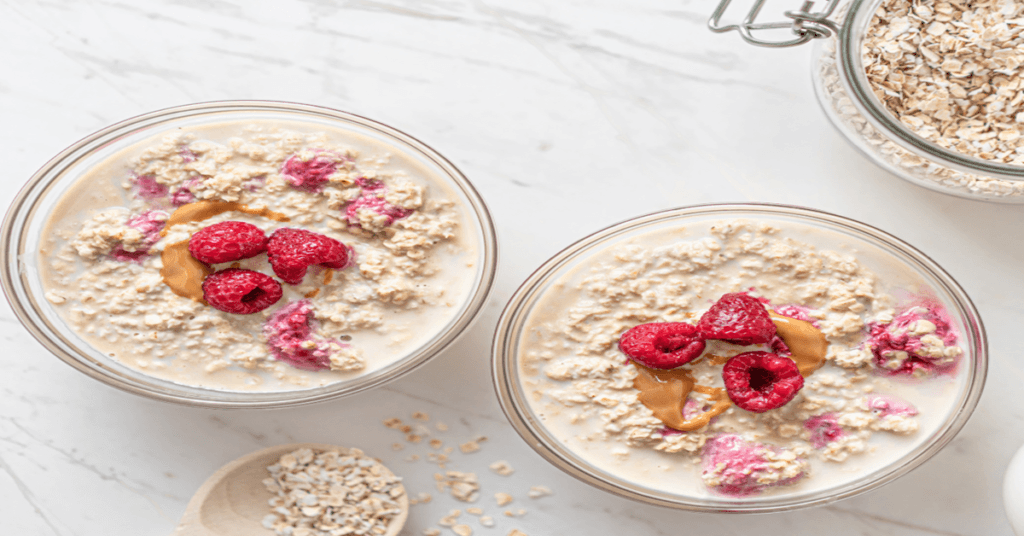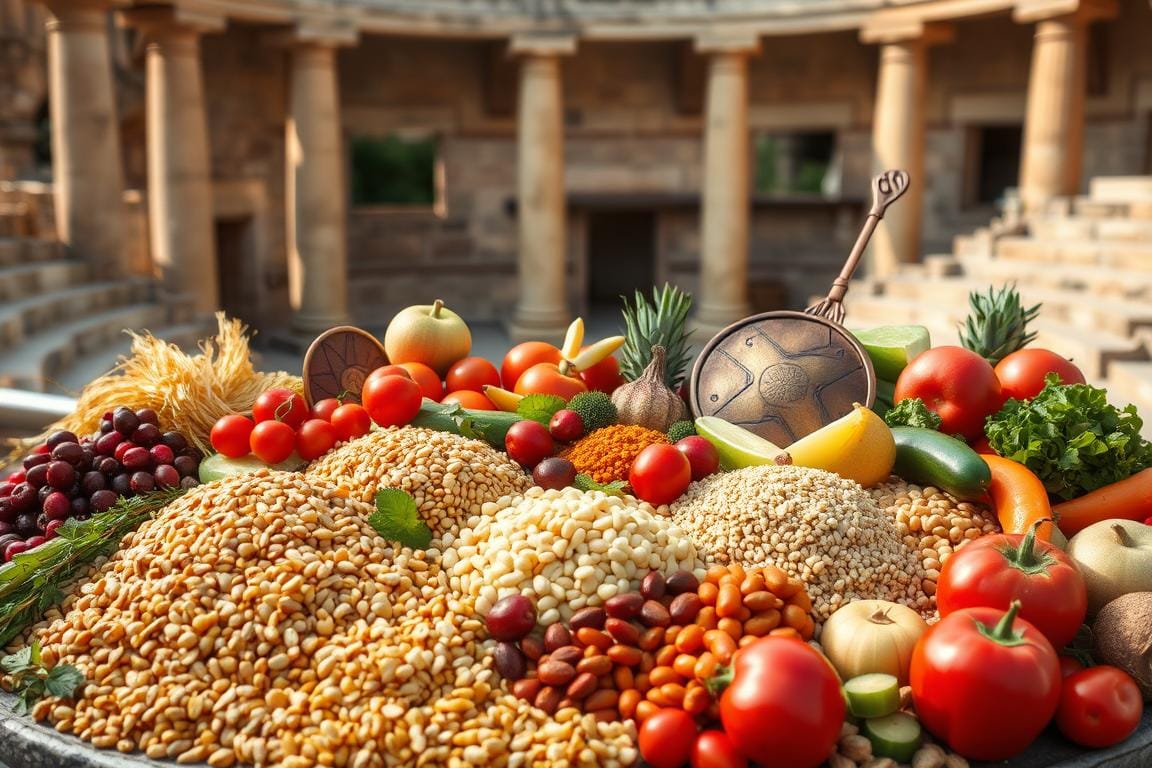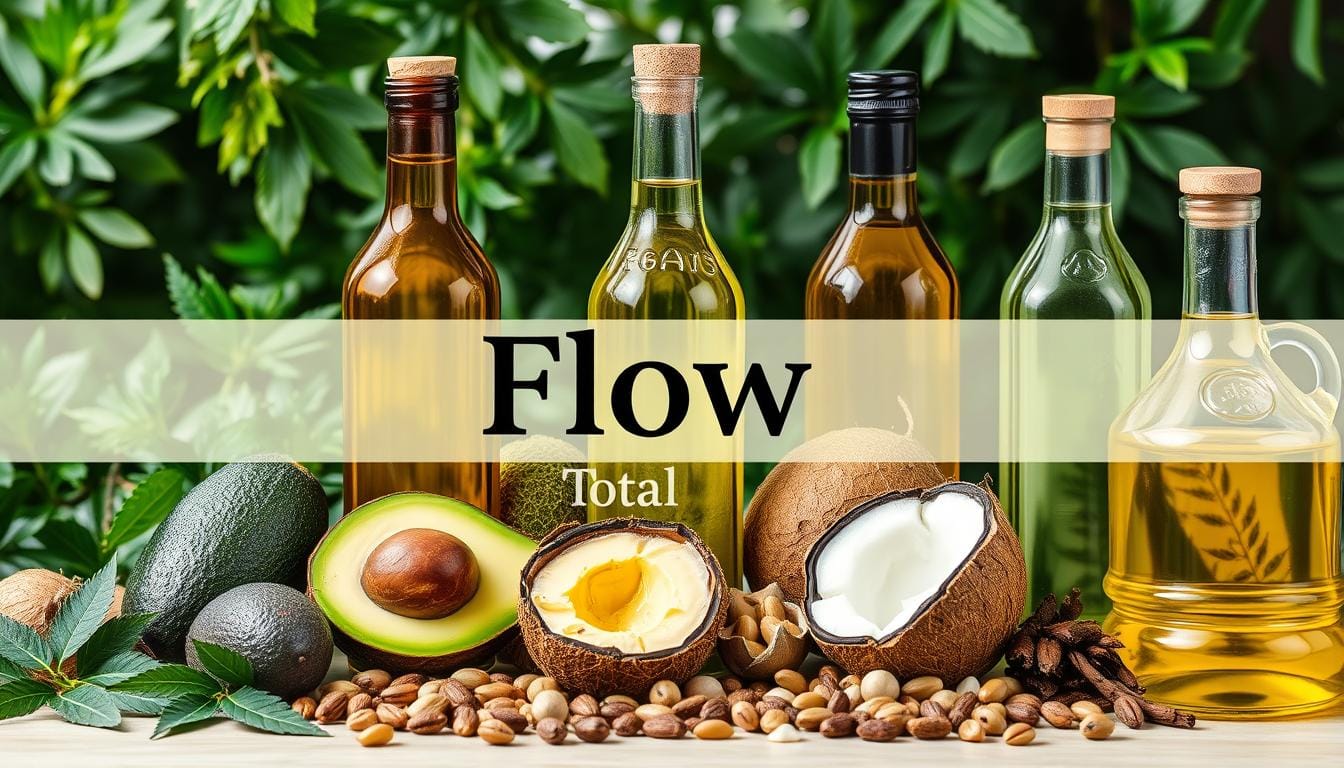
The decision to transition to a vegan lifestyle is a profound and rewarding choice that benefits your health, supports animal welfare, and helps reduce your environmental footprint. For many, the idea of going vegan can initially feel overwhelming, but it doesn’t have to be complicated or rushed. With the right guidance, you can embrace this plant-based lifestyle at your own pace, with confidence and enthusiasm.
This Beginner’s Guide to Veganism is designed to give you a clear roadmap for transitioning to veganism, offering practical advice, delicious vegan meal ideas, and insightful tips to help you make this shift smoothly and sustainably. As you navigate this transition, remember that it’s perfectly fine to take small, manageable steps. Whether you choose to gradually eliminate animal products or dive in all at once, the key is to stay committed and informed.
Ultimately, transitioning to a vegan lifestyle can be incredibly rewarding when done thoughtfully. So, let this guide help you on your path to a healthier, more sustainable way of living.
1. What Is Veganism? Understanding the Basics
Before diving into the practical aspects, it’s important to fully grasp the principles of veganism. At its core, veganism is a lifestyle that avoids the use of animal products in all aspects of life—food, clothing, cosmetics, and other products. To explore more on the subject, check out The Vegan Society.
- Food: A vegan diet excludes meat, dairy, eggs, and all other animal-derived products, such as honey, gelatin, and even some additives like casein and whey.
- Ethics: Vegans avoid animal products to prevent cruelty to animals and exploitation in industries like fashion and cosmetics.
- Environment: The environmental impact of animal farming—especially in terms of carbon emissions, deforestation, and water usage—drives many people to choose veganism.
Maybe you like this too:
The Gladiators’ Diet: Parallels with Veganism and Its Implications for Modern Nutrition
Discover the surprising connection between the gladiators’ diet and veganism,…
The Evolution of Surfing: A Comprehensive Guide
Welcome to the journey through surfing’s history. This sport has…
Healthy Vegan Fats: Your Guide to Plant-Based Oils
Explore the best healthy vegan fats and discover plant-based oils…
The Benefits of Jiu-Jitsu for Kids: A Parent’s Guide
Discover how Jiu-jitsu for kids can boost confidence, enhance discipline,…
2. How to Start: The Gradual Approach
The transition to veganism doesn’t need to happen overnight. Most people find it easier to adopt a gradual approach. Here’s how you can take it step by step:
Phase 1: Eliminate Meat
Start by cutting out meat from your diet. This doesn’t have to happen all at once. Try starting with “Meatless Mondays” or simply reducing your meat consumption over time. Here are some protein-rich plant-based alternatives you can experiment with:
- Beans and Legumes: Lentils, chickpeas, and black beans
- Tofu & Tempeh: Great for stir-fries, sandwiches, and salads
- Seitan & Other Plant Proteins: Excellent substitutes for meat in various dishes
Phase 2: Cut Out Dairy & Eggs
Once you feel comfortable without meat, move on to eliminating dairy and eggs. These can often be replaced with plant-based alternatives:
- Milk: Almond, soy, oat, or coconut milk
- Cheese: Vegan cheese made from nuts, soy, or root vegetables
- Eggs: Use flaxseeds, chia seeds, or commercial egg substitutes for baking and cooking.
It’s important to experiment with flavors and textures to find what works best for you.
Phase 3: Refine Your Diet
Now that you’ve eliminated meat, dairy, and eggs, it’s time to focus next on incorporating more whole foods into your diet. Add a variety of fresh fruits, vegetables, whole grains, and healthy fats. The more colorful your plate, the better.
3. Stock Your Vegan Pantry: Essentials You’ll Need
To make your transition easier, stock your kitchen with essential vegan staples. Some of the must-have items include whole grains, legumes, and plant-based milks. You can find many of these ingredients at stores like Thrive Market.
- Whole Grains: Quinoa, brown rice, oats, and bulgur
- Legumes: Lentils, beans, chickpeas, and peas
- Nuts & Seeds: Almonds, chia seeds, flaxseeds, and pumpkin seeds
- Plant-Based Milks: Soy, almond, oat, or hemp milk
- Nut Butters: Peanut butter, almond butter, or tahini
- Frozen Veggies: Spinach, peas, carrots, and mixed vegetables
Incorporating these items into your meals can provide you with protein, vitamins, and minerals, all while keeping your meals varied and exciting.
4. Easy and Delicious Vegan Recipes to Try

The great thing about veganism is that you don’t have to give up your favorite meals. In fact, you can easily recreate many dishes in a plant-based version. For more delicious ideas, explore Forks Over Knives’ recipe collection.
Vegan Breakfast Options:
- Smoothie Bowls: Blend your favorite fruits with plant-based milk, add toppings like granola, nuts, and seeds.
- Vegan Pancakes: Use flaxseeds or chia seeds as an egg substitute. Add maple syrup and fresh fruit for a delicious start to your day.
- Overnight Oats: Mix oats with plant milk, chia seeds, and fruit for a nutrient-packed breakfast that’s ready in the morning.
Lunch & Dinner Ideas:
- Chickpea Salad Sandwich: Combine mashed chickpeas with vegan mayo, celery, and spices between two slices of whole-grain bread.
- Vegan Stir-Fry: Stir-fry tofu or tempeh with vegetables like broccoli, bell peppers, and carrots in a delicious soy or teriyaki sauce.
- Vegan Chili: A hearty combination of lentils, beans, tomatoes, and spices for a comforting dinner.
Snacks & Desserts:
- Energy Balls: Blend oats, nuts, seeds, and dried fruit for a quick, healthy snack.
- Vegan Chocolate Avocado Mousse: Blend ripe avocado, cocoa powder, maple syrup, and vanilla for a rich, creamy dessert.
- Vegan Chocolate Chip Cookies: Use egg substitutes like flaxseeds or chia seeds and vegan butter for a classic treat.
5. Reading Labels: How to Identify Animal Ingredients
Many packaged foods contain hidden animal-derived ingredients. For a list of common non-vegan ingredients and how to read food labels, check out Vegan.com’s Guide to Ingredients.
- Gelatin: Found in gummy candies and marshmallows, derived from animal bones.
- Whey & Casein: Dairy proteins found in many processed foods like bread, cereals, and protein bars.
- Carmine: A red dye made from crushed beetles, often used in food coloring.
- Isinglass: Made from fish bladders and used in some beers and wines.
It’s always best to choose products labeled “vegan,” but if you’re unsure, check the ingredients carefully.
6. Focus on Nutrition and Wellness
A vegan diet is packed with health benefits, but it’s important to ensure you’re getting the right nutrients. For expert advice, read the Academy of Nutrition and Dietetics’ Position on Vegetarian Diets.
- Protein: Beans, lentils, tofu, tempeh, and seitan are excellent sources of plant-based protein.
- Vitamin B12: Since B12 is found primarily in animal products, consider taking a B12 supplement or eating fortified foods like cereals, nutritional yeast, and plant-based milks.
- Omega-3 Fatty Acids: Get these from flaxseeds, chia seeds, hemp seeds, and walnuts.
- Iron: Dark leafy greens like spinach and kale, along with lentils and fortified cereals, are rich in iron. To improve absorption, pair these with vitamin C-rich foods like citrus fruits or bell peppers.
7. Building a Support System
The vegan community is filled with people who are eager to support newcomers. Consider joining online forums, social media groups, or local meet-ups where you can share recipes, tips, and experiences with other vegans. You may also find a vegan buddy to transition with you for extra motivation.
8. Be Patient and Kind to Yourself

Adopting a vegan lifestyle is a journey, and it’s important to be patient with yourself. You might face challenges along the way, but this is part of the process. If you slip up, don’t feel guilty—just get back on track the next day. Remember that every small step towards veganism is a positive change for your health, the planet, and animals.
Conclusion: Your Vegan Journey Begins Today
ransitioning to a vegan lifestyle is one of the best decisions you can make for yourself and the world around you. By starting small, stocking up on essentials, and focusing on balanced nutrition, you can make the switch with ease. Enjoy the process, discover new recipes, and celebrate every step of your journey.
The road ahead may be a learning experience, but with determination and an open mind, you’ll embrace your new plant-based lifestyle and enjoy all the benefits it brings.
If you want to explore more about transitioning to veganism, check out these reliable sources:





Pingback: How Small Choices Create Big Impact on the World
Pingback: Vegan Nutrition for Athletes: Vegan Food as Fuel for Your Workouts